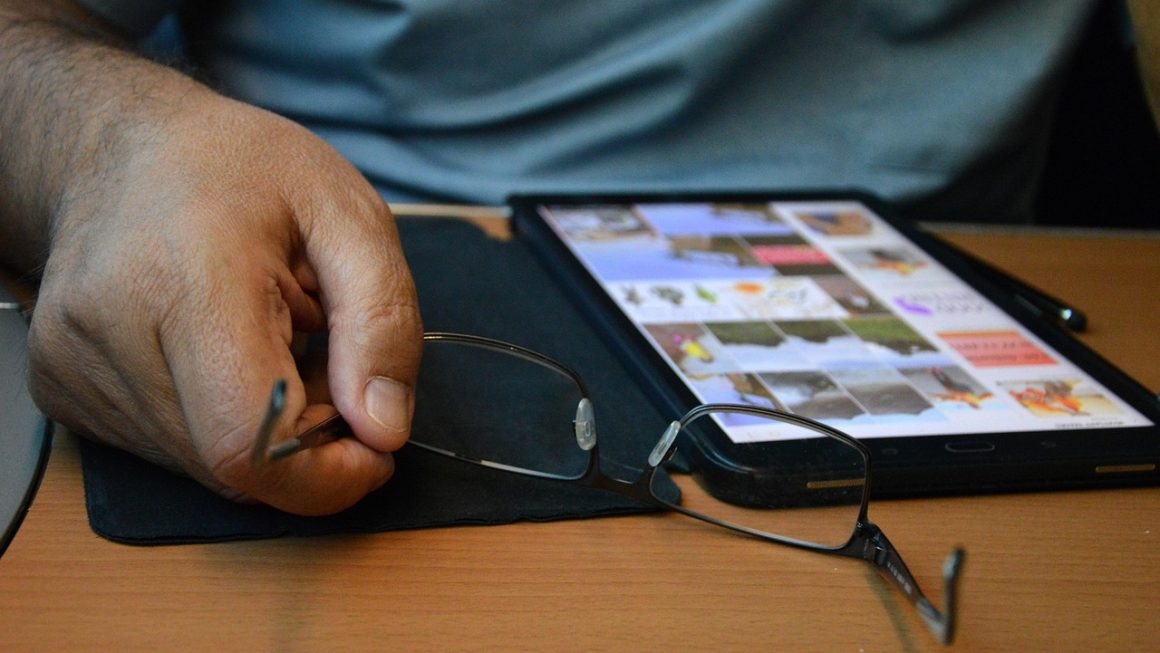Trello has revolutionized the way teams and individuals manage projects, tasks, and workflows. Its intuitive, visual approach makes it easy to organize everything from simple to-do lists to complex, multi-faceted projects. If you’re looking for a versatile and user-friendly project management tool, look no further. This guide will provide you with a deep dive into Trello, exploring its features, benefits, and practical applications, helping you harness its power to boost your productivity and collaboration.
What is Trello? A Visual Project Management Tool
Trello is a web-based, visual collaboration tool that empowers teams to organize and prioritize tasks in a flexible and engaging way. It’s based on the Kanban methodology, which utilizes cards and boards to represent tasks and workflows, respectively. Trello’s strength lies in its simplicity and adaptability, making it suitable for a wide range of projects and industries.
Understanding Boards, Lists, and Cards
At the core of Trello’s functionality are three fundamental elements:
- Boards: These represent your projects or overall workflows. Think of a board as a digital whiteboard where you organize everything related to a specific project. For example, you might have a “Marketing Campaign” board or a “Software Development” board.
- Lists: These are columns within a board that represent different stages of a project or workflow. Common list names include “To Do,” “In Progress,” and “Done,” but you can customize them to fit your specific needs.
- Cards: These represent individual tasks or items within a list. Cards can contain detailed descriptions, checklists, due dates, attachments, comments, and more.
The Kanban Method in Trello
Trello implements the Kanban method effectively, allowing you to visualize your workflow and identify bottlenecks. By moving cards across lists, you can track the progress of each task and ensure that everything is moving forward smoothly. The visual nature of Kanban allows for quick identification of areas where tasks might be getting stuck, promoting efficient workflow management. This visualization is proven to reduce overall project completion time by up to 20% in some studies.
Key Benefits of Using Trello
- Visual Organization: Provides a clear and intuitive overview of project progress.
- Collaboration: Enables seamless teamwork and communication among team members.
- Flexibility: Adaptable to various project types and workflows.
- Accessibility: Accessible from any device with an internet connection.
- Customization: Allows for customization with Power-Ups to extend functionality.
- Free Version: Offers a robust free version suitable for many individuals and small teams.
Setting Up Your First Trello Board
Getting started with Trello is easy. This section will guide you through the process of creating your first board and setting it up for success.
Creating a New Board
Creating Lists and Adding Cards
Example Board Setup: Project Management
Let’s say you’re managing a software development project. Here’s how you might set up your Trello board:
- Board Name: “Software Development – Version 1.0”
- Lists:
Backlog
To Do
In Progress
Code Review
Testing
Done
- Cards: Each card represents a specific task, such as “Implement user authentication,” “Design database schema,” or “Write unit tests.”
Advanced Trello Features and Power-Ups
Trello’s core functionality is powerful on its own, but its advanced features and Power-Ups can take your project management to the next level.
Utilizing Labels and Due Dates
- Labels: Use labels to categorize cards by priority, type, or status. For example, you could use labels to indicate “High Priority,” “Bug,” or “Feature Request.” Color-coding labels can further enhance visual organization.
- Due Dates: Set due dates for cards to ensure timely completion. Trello will send you reminders as deadlines approach, helping you stay on track. You can also view your upcoming deadlines in the calendar view.
Collaborating with Team Members
- Adding Members: Invite team members to your board by clicking “Share” and entering their email addresses.
- Assigning Cards: Assign cards to specific team members to delegate responsibility. This ensures clear ownership of tasks.
- Commenting and Activity Log: Use comments to communicate with team members directly on cards. The activity log tracks all changes made to the board, providing transparency and accountability.
Leveraging Power-Ups for Enhanced Functionality
Power-Ups are integrations that add extra features and functionality to Trello. Some popular Power-Ups include:
- Calendar: Displays cards with due dates in a calendar view, providing a visual overview of upcoming deadlines.
- Gantt Chart: Creates a Gantt chart from your Trello board, visualizing project timelines and dependencies.
- Google Drive: Allows you to easily attach files from Google Drive to your cards.
- Slack: Integrates Trello with Slack, enabling you to receive notifications and create cards directly from Slack.
- Custom Fields: Add custom fields to cards to track specific data points relevant to your project. This allows for granular tracking of information that would be impossible without the Power-Up.
According to Trello’s internal data, boards utilizing at least one Power-Up see a 15% increase in task completion rate compared to boards without Power-Ups.
Automation with Butler
Butler is Trello’s built-in automation tool. It allows you to automate repetitive tasks, such as moving cards, adding checklists, and assigning members, based on triggers and rules. For example, you can automate the process of moving a card from “In Progress” to “Code Review” when a checklist is completed. This saves time and reduces the potential for errors.
Trello for Different Use Cases
Trello’s versatility makes it suitable for a wide range of applications, both professional and personal.
Project Management
Trello is an excellent tool for managing projects of all sizes. It allows you to break down complex projects into manageable tasks, track progress, and collaborate with team members. From software development to marketing campaigns, Trello provides a flexible and visual platform for project management.
Personal Productivity
Trello isn’t just for teams. Individuals can use it to organize their tasks, manage personal projects, and stay on top of their to-do lists. Using the Kanban methodology, Trello helps visualize personal productivity, leading to less overwhelm and more accomplishment.
Content Calendar Management
For content creators and marketers, Trello is a great way to manage a content calendar. You can create lists for different stages of the content creation process (e.g., “Ideas,” “Drafting,” “Editing,” “Publishing”) and use cards to represent individual pieces of content.
Event Planning
Planning an event can be overwhelming, but Trello can help you stay organized. Create lists for different aspects of the event (e.g., “Venue,” “Catering,” “Marketing”) and use cards to track tasks and deadlines.
Remote Team Collaboration
In today’s remote work environment, Trello is an invaluable tool for collaborating with distributed teams. Its visual interface and collaborative features make it easy for team members to stay connected and work together effectively, regardless of their location. Studies show that teams using project management software like Trello report a 25% improvement in communication and collaboration compared to teams that don’t.
Conclusion
Trello is a powerful and versatile project management tool that can help individuals and teams organize their tasks, collaborate effectively, and achieve their goals. Its visual interface, customizable features, and extensive integrations make it a valuable asset for anyone looking to improve their productivity and efficiency. By understanding the core concepts of boards, lists, and cards, and by leveraging advanced features like Power-Ups and automation, you can harness the full potential of Trello and transform the way you manage your projects and workflows. Start with the free version, experiment with different setups, and discover how Trello can help you achieve more.




